
Explore Our 16 Strategies for Improving Salesforce Adoption
Did you know that around 77% of sellers cannot efficiently complete their tasks? Lack of productivity can result in lost sales, poor customer relations, and inability to complete everyday tasks. Many organizations devote a large portion of their budget to tools and programs designed to streamline their operations. However, one of the main hurdles facing CEOs and sales executives is failing to onboard

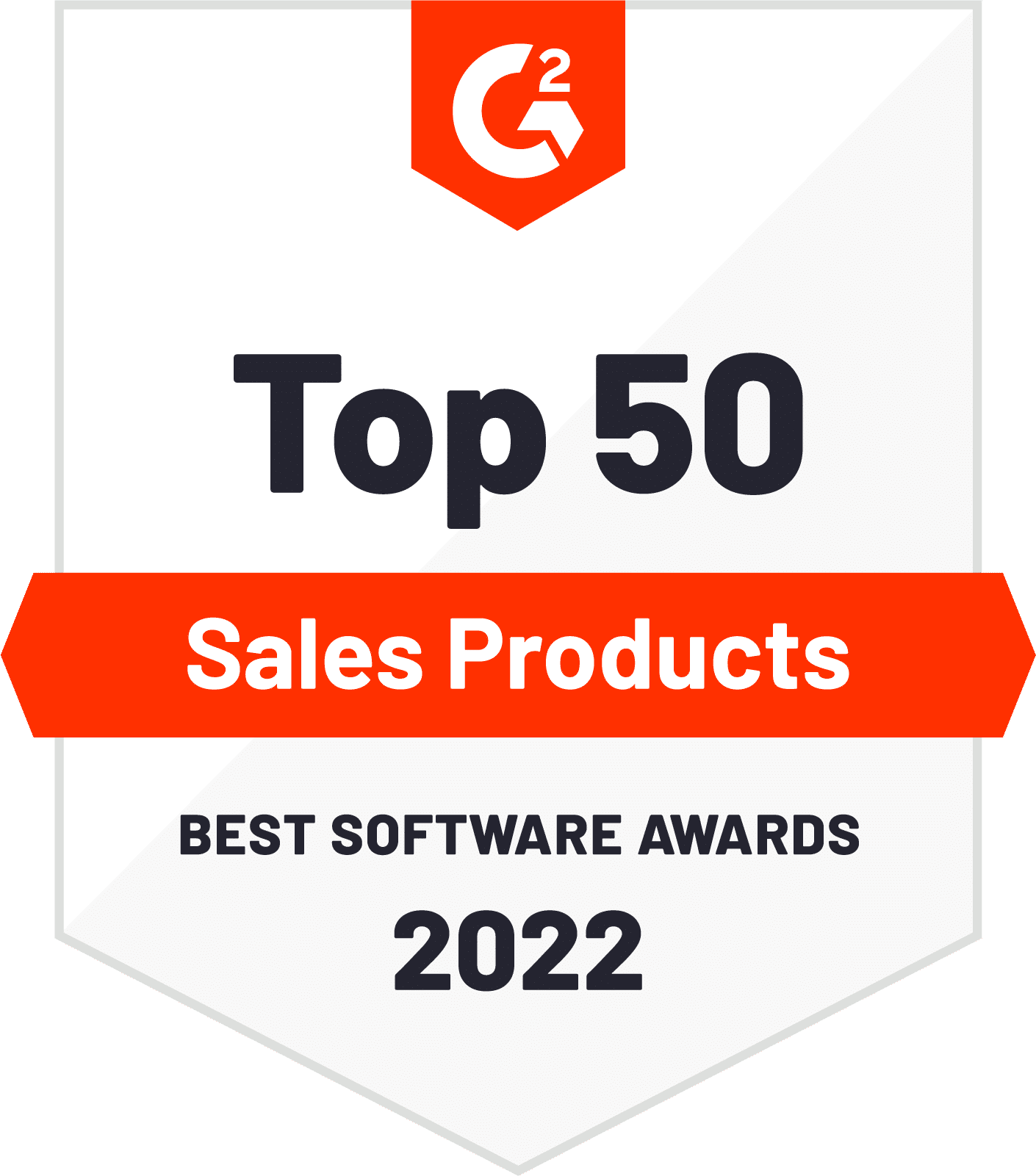
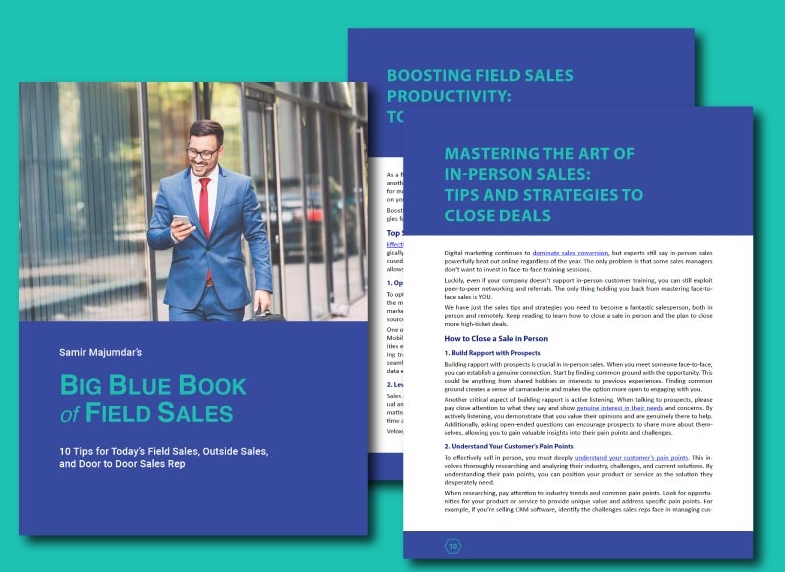
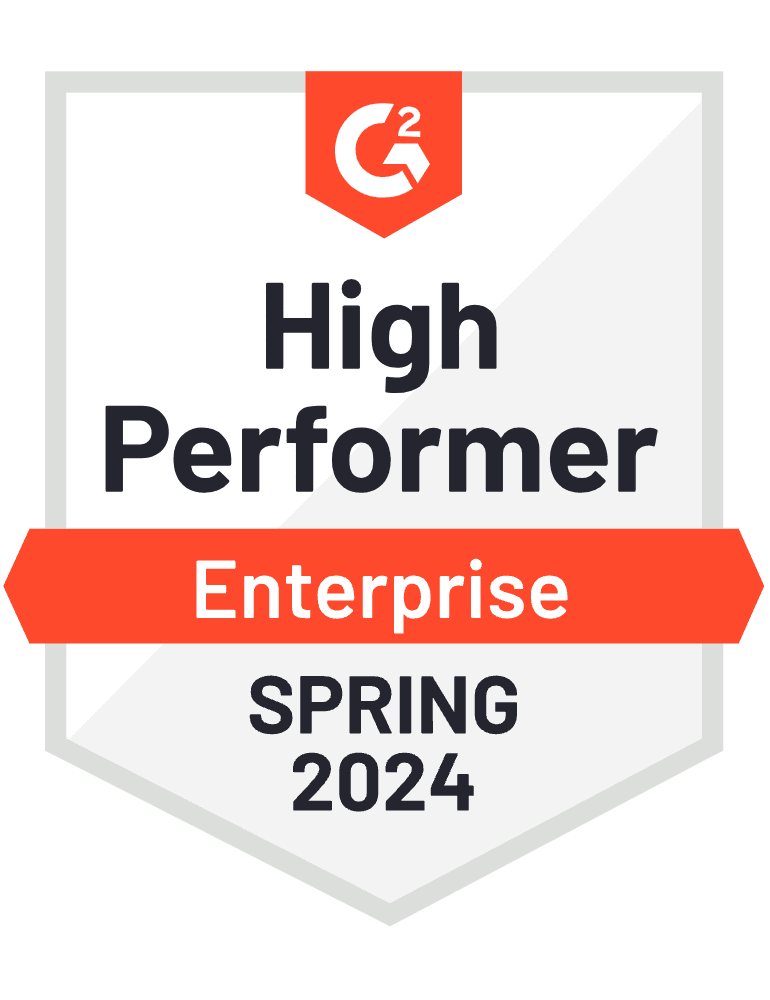

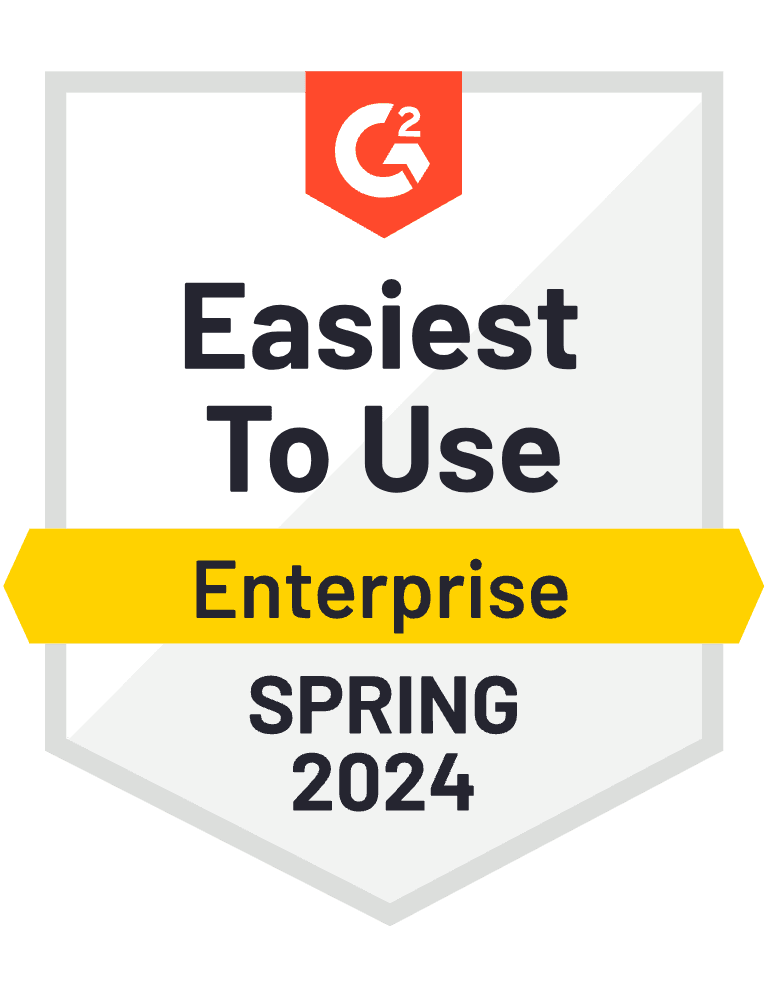
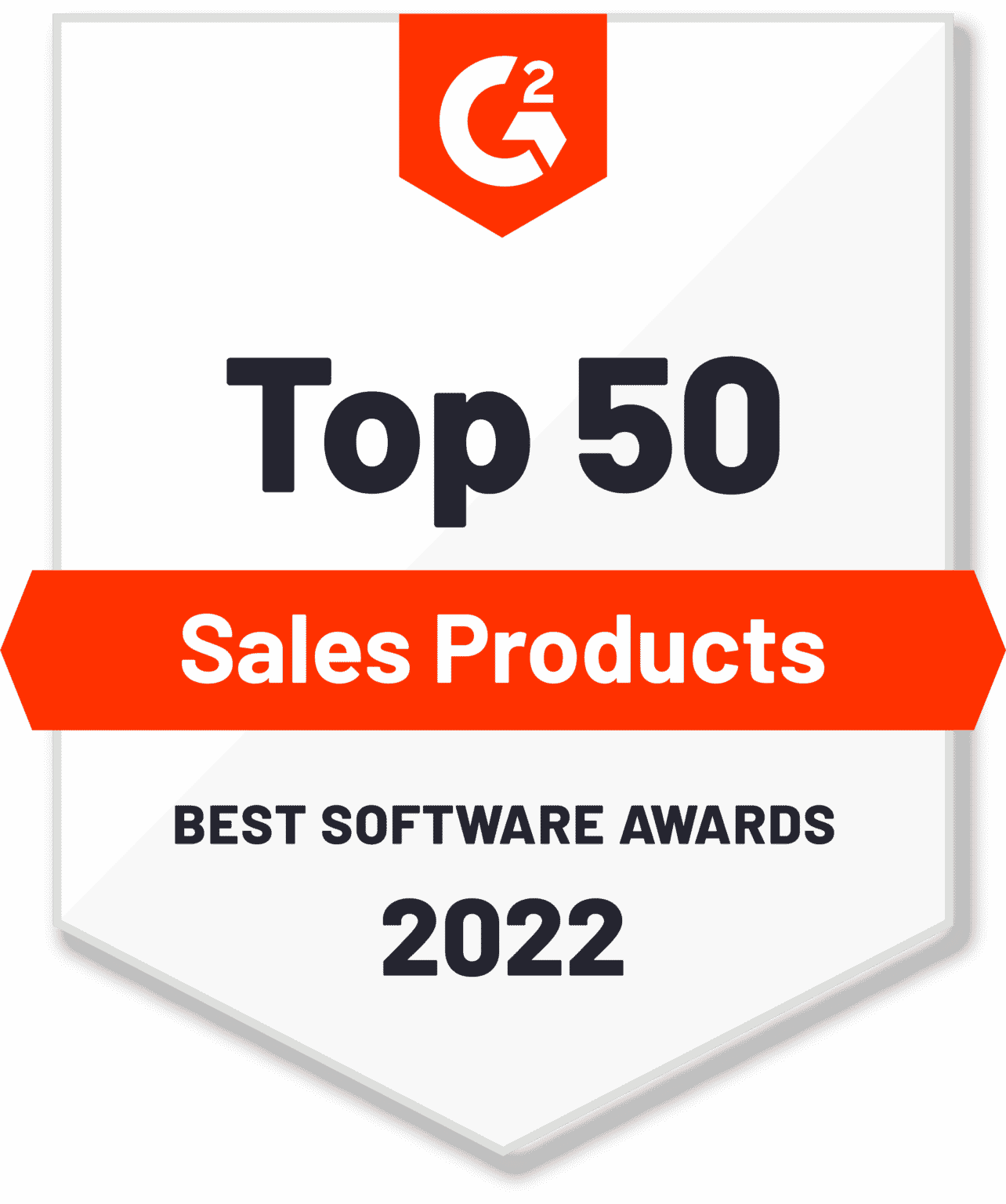
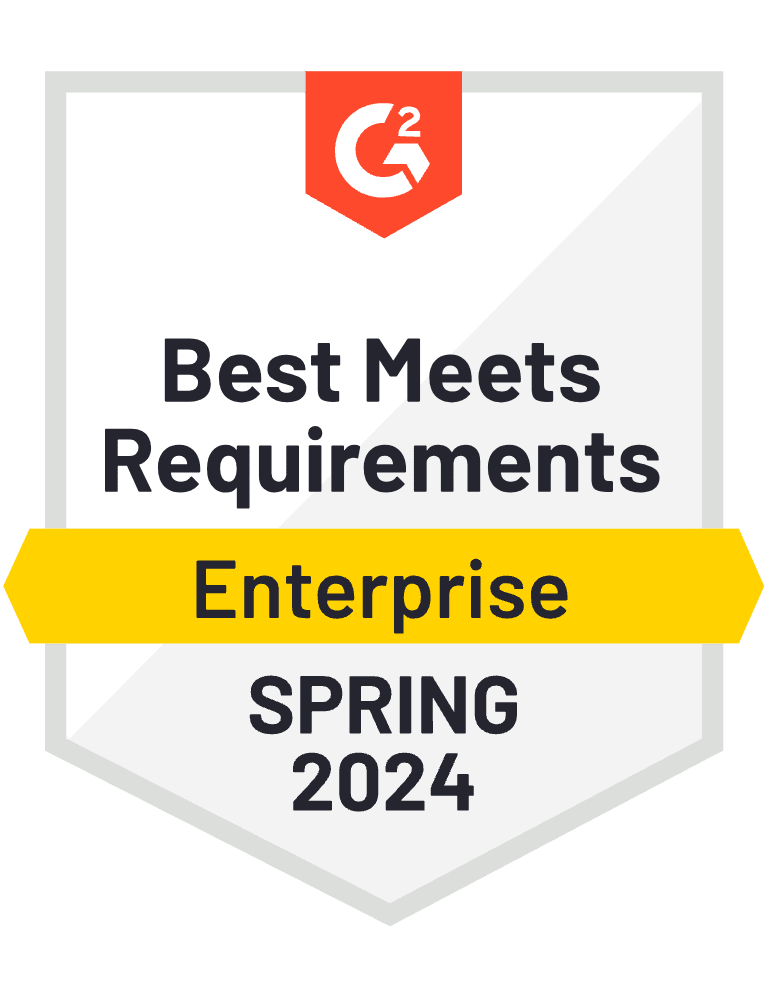

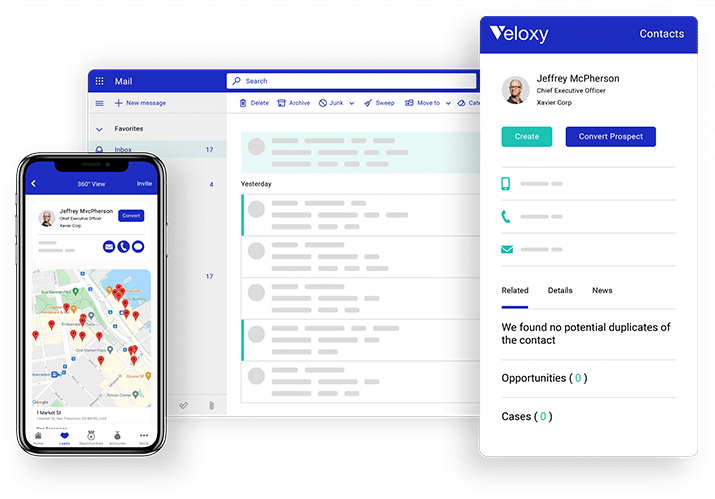





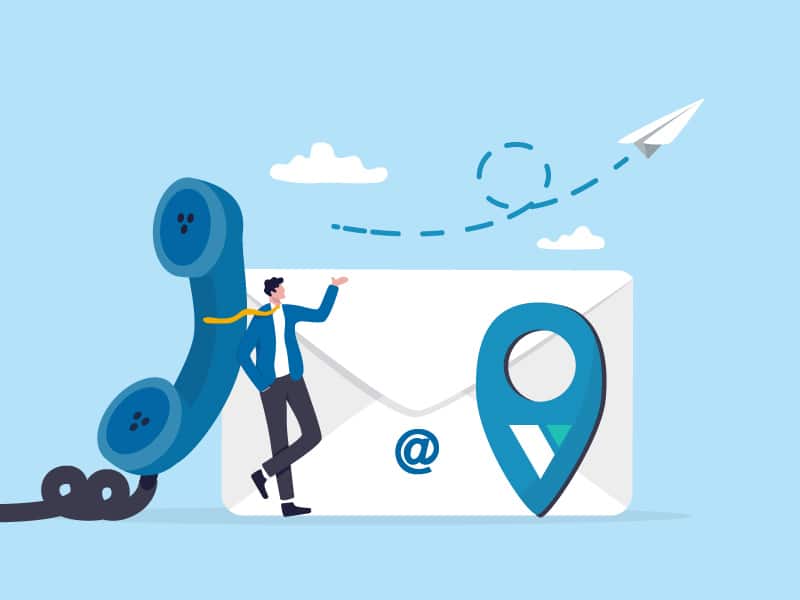








As forward-thinking companies transition from traditional sales enablement to revenue enablement, it’s important to understand that 42% of businesses still don’t have a sales enablement program. That’s a HUGE problem.
In this article, we’ll explore the importance of revenue enablement, the difference between sales enablement and revenue enablement, revenue enablement best practices, how to build a revenue enablement strategy, and much more.
Let’s get started.
Download SBI Growth’s Revenue Enablement Chart – Great Resource for You!
What is revenue enablement?
Revenue enablement encompasses a range of strategies and tactics designed to optimize the revenue generation capabilities of a business, including but not limited to sales enablement. It is a comprehensive approach that helps organizations increase their revenue growth by aligning their sales, marketing, and customer success efforts with their business objectives.
The goal of revenue enablement is to align the entire organization around a revenue growth strategy and empower all teams to contribute to that goal. This approach involves providing the necessary training and support to sales, marketing, and customer success teams to ensure that they have the knowledge and skills required to succeed in their roles.
It also involves the development of processes and strategies that support the revenue team in achieving their goals, such as marketing initiatives, customer experience improvements, cross-functional collaboration, and more.
Why is revenue enablement important?
Revenue enablement is essential because it helps organizations to align their revenue channels and drive revenue growth. It ensures that the sales and marketing teams are working together towards the same goals, which can lead to more efficient and effective revenue generation. Revenue enablement also helps organizations to stay competitive and adapt to changing market conditions.
Here are three reasons why you can’t ignore this revenue initiative:
1. Alignment of sales and marketing teams
Revenue enablement helps align sales and marketing teams, ensuring that they are working together towards the same goals. By aligning the teams, organizations can increase their efficiency and effectiveness in generating revenue.
2. Increased revenue growth
By providing the necessary tools, processes, and information to the revenue team, revenue enablement helps organizations to achieve their revenue targets. This leads to increased revenue growth and improved financial performance.
3. Improved customer experience
Revenue enablement helps organizations to provide a better customer experience by providing the sales and marketing teams with the knowledge and skills required to engage with customers effectively. This results in higher customer satisfaction, increased customer loyalty, and improved customer retention.
What are the advantages of revenue enablement?
Revenue enablement offers several advantages to organizations that implement it. Here are the three key advantages:
1. Improved sales performance
Revenue enablement helps organizations to improve their sales performance by providing sales teams with the necessary skills, training, and tools to engage with customers effectively. This leads to more successful sales engagements and higher conversion rates.
2. Faster time to revenue
Revenue enablement helps organizations to reduce the time it takes to generate revenue. By streamlining the sales process and providing the necessary resources, revenue enablement ensures that sales teams can close deals more quickly and efficiently.
3. Increased revenue channels
Revenue enablement helps organizations to identify new revenue channels and opportunities. By enabling sales teams to engage with customers in new and innovative ways, revenue enablement helps organizations to expand their customer base and increase revenue.
What's the difference between revenue enablement & sales enablement?
Sales enablement and revenue enablement are two terms that are often used interchangeably, but they have different meanings. Sales enablement refers to the processes and tools that help sales teams close more deals and increase revenue. Revenue enablement, on the other hand, encompasses all the activities that contribute to revenue growth, including marketing, customer success, and sales.
While sales enablement focuses primarily on the sales team, revenue enablement takes a more holistic approach and involves all revenue channels within an organization. Revenue enablement provides a framework for aligning enablement teams around revenue-focused goals, which leads to increased collaboration and more effective revenue enablement processes.
Revenue enablement is important in addition to sales enablement because it enables organizations to achieve their revenue growth goals more efficiently and effectively. By focusing on revenue, companies can ensure that all revenue-generating departments are working together towards a common goal, rather than operating in silos. This leads to increased revenue, improved customer satisfaction, and faster time to revenue.
5 essential rev enablement best practices
As companies continue to move towards revenue enablement, they need to implement best practices to ensure the successful transition from a traditional sales approach to a more comprehensive revenue-focused one.
Implementing successful revenue strategies requires careful planning and execution. While there is no one-size-fits-all approach, there are six essential best practices for effective revenue enablement:
1. Develop a revenue enablement framework
A revenue enablement framework is a comprehensive plan that outlines the organization’s approach to revenue growth. It defines the roles and responsibilities of each revenue-focused team, outlines the processes and tools necessary for revenue growth, and sets measurable goals and KPIs to track progress. Developing a revenue enablement framework ensures that everyone understands the company’s approach to revenue growth and is working together to achieve it.
2. Align revenue channels
Aligning revenue channels across the company is the first step towards revenue enablement. It means bringing together all revenue-generating departments and teams, including sales, marketing, customer success, and product, to focus on revenue growth. This alignment ensures that everyone is working towards a common goal, and there are no silos, bottlenecks, or conflicts among teams.
3. Empower enablement teams
Enablement teams play a crucial role in revenue enablement. They are responsible for creating and delivering enablement programs, developing training content, and providing sales teams with the tools and resources they need to sell more effectively. To be successful, enablement teams must have the necessary resources, budget, and support from senior leadership to carry out their responsibilities effectively.
4. Focus on time-to-revenue
Revenue enablement is about driving revenue growth, so it’s essential to focus on time-to-revenue. This means identifying the bottlenecks in the sales process and addressing them to speed up the time it takes for prospects to become customers. Focusing on time-to-revenue ensures that the revenue growth is consistent and sustainable.
Try our revenue growth calculator!
5. Measure the right metrics
To gauge the success of revenue enablement, it’s essential to measure the right metrics. This includes revenue growth, sales cycle length, win rates, and customer retention rates. Measuring the right metrics helps companies identify areas for improvement and adjust their revenue strategies accordingly.
7 steps to build a revenue enablement strategy
Building an effective revenue enablement strategy is critical for any business that aims to maximize its revenue growth potential. A comprehensive revenue strategy must take into account the company’s goals, the customer journey, and the tools and processes needed to support revenue growth.
Here are the seven key steps to build an effective revenue enablement strategy:
1. Define your business goals
Before building a revenue enablement strategy, you need to identify your business goals. These goals should be specific, measurable, achievable, relevant, and time-bound (SMART). For example, if your goal is to increase revenue by 20% within the next 12 months, you need to develop a revenue strategy that aligns with this goal.
2. Identify your buyer personas
The next step is to identify your buyer personas. A buyer persona is a fictional representation of your ideal customer. It helps you understand your customers’ needs, preferences, and pain points, which are essential for creating effective sales and marketing strategies. By understanding your buyer personas, you can tailor your revenue enablement strategy to meet their needs and preferences.
Want to incorporate revenue enablement with field sales? Schedule a free consult today!
3. Map your customer journey
Once you have identified your buyer personas, the next step is to map your customer journey. The customer journey is the process that your customers go through when they interact with your business. It includes the various touchpoints that your customers have with your brand, such as website visits, social media interactions, and customer support calls. By mapping your customer journey, you can identify the areas where you need to improve the customer experience and tailor your revenue enablement strategy accordingly.
4. Identify your revenue-generating teams
Revenue enablement requires the collaboration of multiple teams, including sales, marketing, customer success, and product. Therefore, the next step is to identify these teams and their roles and responsibilities. This will help you align your revenue strategy with the different teams’ goals and ensure that everyone is working towards the same objectives.
5. Define your sales process
Your sales process is the sequence of steps that your sales team follows to close deals. By defining your sales process, you can identify the areas where you need to improve the process to accelerate revenue growth. This includes identifying the bottlenecks in the sales process and addressing them to speed up the time it takes for prospects to become customers.
6. Develop your enablement programs
Enablement programs are designed to equip your revenue-generating teams with the tools and resources they need to sell more effectively. To develop effective enablement programs, you need to understand the different teams’ needs and preferences and tailor the programs accordingly. This includes developing training content, creating sales enablement tools, and providing ongoing coaching and support.
7. Implement and measure your strategy
Once you have developed your revenue enablement strategy, the final step is to implement and measure its effectiveness. This includes tracking your progress against your SMART goals, measuring the right metrics (e.g., revenue growth, sales cycle length, win rates, and customer retention rates), and adjusting your strategy accordingly.
4 common rev enablement challenges
It is important to pay attention to revenue enablement challenges because they can hinder a business’s ability to generate revenue effectively. Addressing these challenges can lead to improved revenue growth, increased efficiency, and better overall performance.
Here are four common revenue enablement challenges:
1. Resistance to change
Implementing changes to the revenue enablement process can be met with resistance from sales teams and other stakeholders. To overcome resistance, it’s essential to communicate the benefits of the changes and involve stakeholders in the process. Providing training and support can also help to ease the transition.
2. Lack of alignment
Lack of alignment between different revenue-generating teams can hinder revenue enablement. To overcome this challenge, it’s crucial to establish common goals and metrics and ensure that all teams are working towards them. Regular communication and collaboration can also help to align teams.
3. Lack of resources
Implementing an effective revenue enablement strategy requires resources, including budget, personnel, and technology. To overcome the challenge of lack of resources, it’s essential to prioritize revenue and seek buy-in from senior leadership. It may also be necessary to allocate resources from other areas of the business.
4. Ineffective sales enablement tools
Investing in sales enablement technology can improve revenue enablement, but it’s essential to select the right tools. Ineffective sales enablement tools can be a hindrance rather than a help. To overcome this challenge, it’s crucial to involve sales teams in the selection process and choose tools that meet their needs.
4 ways to improve revenue enablement
Continuously improving revenue enablement is an ongoing process that requires ongoing evaluation and adjustment to keep up with the ever-changing business landscape.
Here are some techniques that can help improve revenue enablement and overcome the aforementioned challenges:
1. Identify gaps in your current rev enablement process
To improve revenue enablement, it’s crucial to identify gaps in the current process. This can be done by analyzing sales data, conducting surveys and interviews with sales teams and customers, and comparing the current process with industry best practices. Identifying gaps helps to focus on areas that need improvement.
2. Invest in the right rev enablement technology
Revenue enablement technology helps teams work more efficiently and effectively. It includes tools for content management, training, and coaching, as well as analytics to track performance. Investing in revenue technology can improve sales productivity, reduce sales cycle times, and increase revenue.
3. Provide ongoing training and coaching
Remember when we discussed the differences between sales enablement and revenue enablement?
Well, sales training and coaching is different than revenue training and coaching.
Revenue training and coaching is essential for revenue teams to stay up-to-date with industry trends, product updates, and sales techniques. Providing ongoing training and coaching can help to improve performance and increase revenue.
4. Measure the effectiveness of revenue enablement
To ensure revenue enablement is effective, it’s essential to measure its impact. This can be done by tracking key performance indicators (KPIs), such as revenue growth, win rates, and sales cycle length. Measuring the effectiveness of revenue helps to identify areas for improvement and make data-driven decisions.
Measuring revenue enablement
Measuring revenue enablement success is a crucial part of ensuring that a revenue strategy is effective. Metrics provide valuable insights into the performance of revenue-focused teams and help identify areas for improvement.
Additionally, tracking and analyzing revenue enablement performance can help companies adjust their strategies to achieve their revenue growth goals.
In this section, we will discuss the four metrics to measure revenue enablement success and the three tools to track and analyze revenue performance.
Metrics to measure revenue enablement success
1. Revenue growth
The most obvious metric to measure revenue enablement success is revenue growth. Revenue growth shows how effective the revenue strategy is in increasing revenue. This metric can be broken down by product, sales team, or region to identify specific areas of strength or weakness.
2. Sales cycle length
The length of the sales cycle is an essential metric to measure revenue enablement success. A shorter sales cycle means that the revenue-focused teams are more effective in moving prospects through the sales funnel. This metric can be tracked by product, sales team, or region to identify areas for improvement.
3. Win rates
Win rates measure the percentage of deals won out of the total number of deals pursued. This metric shows how effective the revenue-focused teams are in closing deals. Win rates can be tracked by product, sales team, or region to identify areas for improvement.
4. Customer retention rates
Customer retention rates measure the percentage of customers who continue to use the product or service after a certain period. This metric shows how effective the revenue-focused teams are in retaining customers. High customer retention rates indicate that revenue-focused teams are not just focused on new customer acquisition but also on customer satisfaction and retention.
Tools to track & analyze revenue enablement performance
1. Customer relationship management (CRM) software
CRM software, such as our favorite Salesforce, is an essential tool for tracking and analyzing revenue performance. It provides a central location for tracking customer interactions, sales activities, and revenue growth. Additionally, CRM software can generate reports and dashboards that provide insights into revenue enablement performance.
2. Learning management system (LMS)
LMS software is an essential tool for providing training and enablement content to sales teams. It allows revenue-focused teams to access training content at any time, from anywhere, and on any device. Additionally, LMS software can track and analyze how sales teams are using the training content and identify areas for improvement.
3. Analytics tools
Analytics tools provide insights into revenue enablement performance by analyzing data from multiple sources. These tools can track website traffic, lead generation, and sales data to identify trends and patterns in revenue growth. Additionally, analytics tools can generate reports and dashboards that provide insights into revenue performance.
The Chief Revenue Officer and revenue enablement
The Chief Revenue Officer (CRO) plays a crucial role in driving revenue enablement initiatives in an organization. As the executive responsible for overall revenue generation, the CRO is uniquely positioned to support and guide efforts across different departments.
One of the key ways the CRO can support revenue enablement is by aligning the revenue strategy with the overall business strategy. By setting clear revenue goals, identifying revenue-generating activities, and creating a culture of revenue focus, the CRO can ensure that rev enablement is given the importance it deserves and that all departments are working together towards a common goal.
The CRO can also help drive revenue enablement by providing the necessary resources and investment for revenue-focused initiatives. This can include investing in technology tools, providing training and development programs, and ensuring cross-functional collaboration.
In addition to supporting revenue initiatives, the CRO can also play an active role in identifying areas for improvement and driving change across the organization. By analyzing revenue metrics and trends, the CRO can identify bottlenecks and inefficiencies in the sales process and work with different departments to address them.
To be successful in this role, a CRO must possess a deep understanding of the revenue landscape, including sales, marketing, and customer success. They should also have strong leadership skills, the ability to drive change, and excellent communication and collaboration skills to work effectively with different departments.
The role of a revenue operations manager
The role of a revenue enablement manager is critical to an organization’s revenue growth. Their primary responsibility is to develop and implement revenue strategies that align with the company’s goals and objectives. They work closely with sales, marketing, and other cross-functional teams to ensure everyone is working towards a common goal.
To be successful in this role, managers need to have strong communication, leadership, and project management skills. They should be data-driven and have a good understanding of sales and marketing processes. They should also have experience with sales enablement tools and technology.
Below are the key responsibilities of a revenue enablement manager:
1. Developing & implementing revenue enablement strategies
A revenue enablement manager is responsible for developing and implementing strategies that improve revenue growth. They work with sales, marketing, and other cross-functional teams to identify gaps and implement programs that address them.
2. Creating & delivering training programs
Revenue enablement managers are responsible for developing training programs that equip sales and marketing teams with the skills they need to succeed. They create training content, develop training plans, and deliver training sessions.
3. Managing tools and processes
Revenue enablement managers manage the tools and processes that enable sales and marketing teams to be more productive. They work with vendors and internal teams to ensure that the tools and processes are efficient and effective.
4. Measuring success
Revenue enablement managers are responsible for measuring the success of revenue programs. They analyze data, track key performance indicators, and provide regular reports to leadership.
Becoming a revenue enablement manager
Becoming a revenue enablement manager requires a combination of education, skills, and experience. While there is no one specific career path to becoming a rev enablement manager, many professionals in this role come from sales or marketing backgrounds.
Education requirements for a manager vary, but typically a bachelor’s degree in business administration, marketing, or a related field is preferred. Some companies may require a master’s degree in business administration or a related field.
In addition to education, certain skills are essential for a revenue enablement manager. These include excellent communication and interpersonal skills, strong analytical and problem-solving abilities, and project management skills. Revenue enablement managers must also be knowledgeable about sales processes, marketing strategies, and customer engagement techniques.
Experience is another critical factor in becoming a revenue enablement manager. Typically, candidates need several years of experience in sales, marketing, or a related field. Many revenue enablement managers have also held positions such as sales enablement manager, marketing manager, or customer success manager.
To become a revenue enablement manager, professionals can also pursue certifications in areas such as sales enablement, marketing automation, and customer engagement. These certifications can demonstrate expertise in best practices and can help distinguish candidates in a competitive job market.
Other departments involved in revenue enablement
Revenue enablement involves more than just the sales team. It requires cross-functional teamwork and collaboration between different departments, including marketing, customer success, and product. These departments play an essential role in revenue growth by contributing to lead generation, customer retention, and product innovation.
Marketing teams can support revenue enablement by creating and executing targeted campaigns that generate quality leads and educate prospects about the company’s offerings. By aligning their messaging and tactics with the sales team, marketing can ensure that leads are properly qualified and handed off to the sales team for follow-up.
Customer success teams can also contribute to revenue enablement by ensuring that customers are satisfied and engaged with the company’s offerings. By providing proactive support and identifying upsell and cross-sell opportunities, customer success can help drive revenue growth and increase customer lifetime value.
Finally, product teams can support revenue enablement by developing products that align with customer needs and contribute to revenue growth. By collaborating with the sales and marketing teams, product teams can ensure that the company’s offerings are competitive and aligned with the overall revenue enablement strategy.
Overall, cross-functional teamwork and collaboration are critical to your revenue success. By working together, different departments can support revenue growth and ensure that the company is delivering value to customers.
Revenue enablement platforms
Revenue enablement platforms are designed to help organizations streamline their sales processes, support revenue growth, and achieve their revenue goals. These platforms can help teams collaborate, share knowledge, and improve their skills, ultimately leading to increased revenue and improved customer satisfaction.
Typical platforms come with the following features:
1. Content management
Content management is a critical feature of rev enablement platforms because it enables sales teams to access and share relevant content easily. Sales reps can quickly find and use the most up-to-date versions of sales collateral, proposals, and case studies. The content can be organized into different categories and tagged with relevant keywords, making it easy to find and use.
Additionally, content management systems can track how sales reps use content, providing insights into what works and what doesn’t, and allowing organizations to optimize their sales content over time. Overall, content management is a powerful tool for enhancing the effectiveness and efficiency of sales teams, ultimately leading to better revenue generation.
2. Sales coaching
Sales coaching is a critical component of revenue enablement platforms as it helps sales teams to improve their performance and close more deals.
The tools provided for sales coaching can include real-time feedback during sales calls, video coaching, and access to training materials. These features can help field and outside sales reps to identify areas where they need to improve, get personalized coaching and training, and ultimately become more effective in their remote roles.
By improving the skills of sales teams, these platforms can help organizations to increase their revenue and achieve their growth targets.
3. Analytics and reporting
Revenue enablement platforms provide robust analytics and reporting capabilities that allow organizations to gain valuable insights into their sales processes and performance. These platforms offer real-time data visualizations and dashboards that track key metrics, such as lead generation, pipeline velocity, and sales cycle length.
Additionally, they can provide detailed reports on individual sales rep performance, allowing managers to identify top performers and areas for improvement. By leveraging this data, organizations can make data-driven decisions and optimize their sales processes to drive revenue growth.
Final thoughts
Revenue enablement is a comprehensive approach that aligns all revenue-generating teams towards a common goal of revenue growth. By implementing the aforementioned best practices and using the right sales tools, companies can improve their sales productivity, shorten the sales cycle, and achieve consistent and sustainable revenue growth.
It is essential to measure the right metrics to gauge the success of revenue enablement strategies and collaborate cross-functionally to overcome challenges. As businesses continue to evolve, rev enablement will become increasingly critical in driving revenue growth and maintaining a competitive advantage.
Here are some other sales best practice articles to help you: